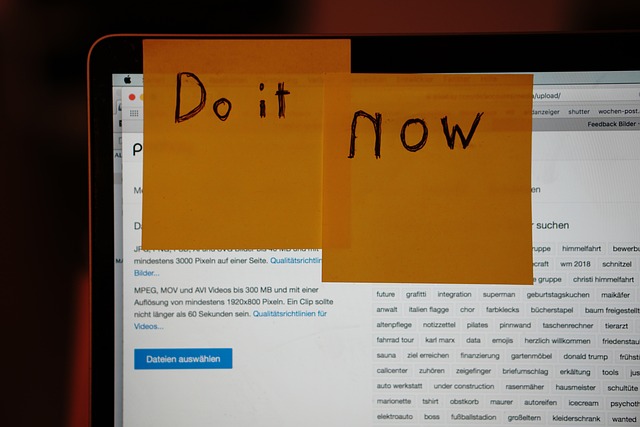Rather than stressing about whether we procrastinate, why not focus on minimizing its impact? Below are 10 effective tips to help you stay productive and accomplish more.
Research shows that 95% of people procrastinate, according to Piers Steel in “The Procrastination Equation: How to Stop Putting Things Off and Start Getting Stuff Done.” So the real question isn’t whether you procrastinate but how much it interferes with your life.
If you’re among the majority, here’s how to reduce its influence:
1. Take a Midday Exercise Break
A study by Jim McKenna at Leeds Metropolitan University found that participants who exercised 30–60 minutes during lunch improved performance by 17%. That’s like completing eight hours of work in just seven.
2. Try Alternative Techniques
- Meditation: Slows down mental processes, helping you refocus priorities.
- Self-Compassion: Forgiving yourself for past procrastination reduces guilt and improves motivation.
- Music: Energizing playlists can improve mood and inspire activity.
3. Make Tasks More Enjoyable
The brain’s limbic system favors short-term rewards, so pair tasks with enjoyable activities. For example, review documents in your favorite chair or sip a latte while answering emails to reduce the discomfort of tedious work.
4. Commit to Just 5 Minutes
Promise yourself five minutes of effort on a task. Often, simply starting is enough to build momentum and see it through.
5. Use a “Focus Funnel”
Rory Vaden, author of “Procrastinate on Purpose,” suggests prioritizing tasks by:
- Importance: How much it matters.
- Urgency: How soon it matters.
- Significance: How long it matters.
Avoid being distracted by urgent but less important tasks by filtering them through this framework.
6. Ask Yourself Motivational Questions
- What’s one thing I can do to get started? – Focus on a single action rather than the entire project.
- What are my top three priorities today? – Narrowing priorities increases focus.
- What will happen if I don’t do this now? – Highlighting negative consequences can drive action.
7. Replace “No” with “Not Right Now”
Instead of outright denying yourself a break, postpone it. Commit to finishing a task first, then reward yourself with a coffee break or snack. This approach is easier to accept than flat-out refusals.
8. Recover from Unproductive Days
When emergencies derail your day, make a short, achievable to-do list for tomorrow. This builds momentum, restores confidence, and helps you feel more in control.
9. Simplify and Organize Tasks
Break tasks into categories like “High Priority,” “Medium Priority,” and “Low Priority” to make them more manageable. Use color coding (e.g., red for urgent, yellow for pending, green for active) or assign “modes” like Family Mode or Resource Mode to match your energy levels.
10. Build Anti-Procrastination Habits
- Commitment Devices: Make procrastination harder by removing distractions, such as deleting social media apps from your phone.
- Rituals: Establish habits, like completing timesheets daily, to reduce mental friction.
- Implementation Plans: Set specific times and locations for tasks to increase follow-through.
Final Thoughts
Procrastination is common, but it doesn’t have to control your productivity. Instead of worrying about it, focus on strategies to limit its effects. These 10 techniques can help you reclaim your time, boost efficiency, and feel more accomplished both personally and professionally.

